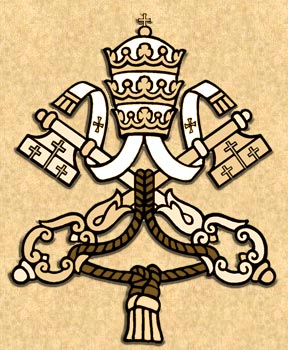Now the priest - the 'presider', as they now prefer to call him - becomes the real point of reference for the whole liturgy. Everything depends on him. We have to see him, to respond to him, to be involved in what he is doing. His creativity sustains the whole thing. Not surprisingly, people try to reduce this newly created role by assigning all kinds of liturgical functions to different individuals and entrusting the "creative" planning of the liturgy to groups of people who like to, and are supposed to, "make their own contribution."
Less and less is God in the picture. More and more important is what is done by human beings who meet here and do not like to subject themselves to a 'pre-determined pattern'. The turning of the priest toward the people has turned the community into a self-enclosed circle. In its outward form, it no longer opens out on what lies ahead and above, but is closed in on itself. The common turning toward the east was not a "celebration toward the wall"; it did not mean that the priest "had his back to the people": the priest himself was no regarded as so important. For just as the congregation in the synagogue looked together toward Jerusalem, so in the Christian liturgy the congregation looked together 'toward the Lord'. As one of the fathers of Vatican IIs Constitution on the Liturgy' J.A. Jungmann, put it, it was much more a question of priest and people facing in the same direction, knowing that together they were in a procession toward the Lord. They did not close themselves into a circle; they did not gaze at one another; but as pilgrim People of God they set off for the Oriens, for the Christ who comes to meet us.
Evil triumphs when good men do nothing - Edmund Burke
Wednesday, December 26, 2012
Subscribe to:
Post Comments (Atom)









No comments:
Post a Comment